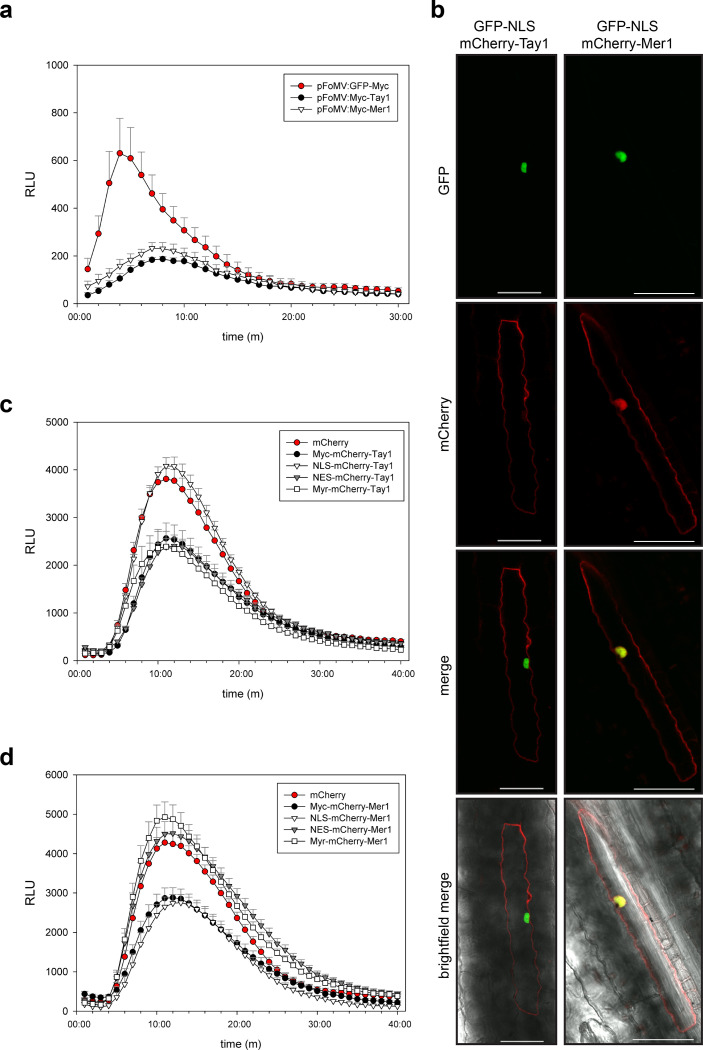Fig 3. Tay1 and Mer1 are functional in maize and target different cell compartments.
a. PAMP-triggered ROS burst in maize. Transient expression of Tay128-398 and Mer123-341 in maize with the viral vector pFoMV leads to reduction of the oxidative burst triggered by flg22. b. Expression of mCherry- Tay128-398 and mCherry- Mer123-341 in maize epidermal cells by biolistic bombardment. mCherry-Tay128-398 (left panels) localizes preferentially to the cytoplasm whereas mCherry-Mer123-341 (right panels) localizes to the cytoplasm and nucleus. GFP-NLS was co-expressed as a nuclear marker. Scale bar = 50 μm. c. d. Sub-cellular localization affects the ROS burst inhibiting activity of Tay1 and Mer1 differentially. Plants expressing mCherry were used as reference control showing maximum ROS-burst and plants expressing Myc-mCherry-Tay128-398 (c) or Myc-mCherry-Mer123-341 (d) were used to monitor their intrinsic ROS-burst inhibitory activity without miss localization. Curves show flg22-triggered ROS burst over 40 minutes. c. Removing Tay1 from the nucleus (NES-mCherry-Tay128-398 or Myr-mCherry-Tay128-398) does not affect its inhibitory activity, whereas targeting Tay1 to the nucleus (NLS-mCherry-Tay128-398) abolishes its inhibitory activity. d. Removing Mer1 from the nucleus (NES-mCherry-Mer123-341 or Myr-mCherry-Mer123-341) abolishes its inhibitory activity, whereas targeting Mer1 to the nucleus (NLS- mCherry-Mer123-341) does not modify its inhibitory activity. Data, mean ± SEM, is a pool of three independent experiments, n = 15. Only positive error bars are shown for clarity.

